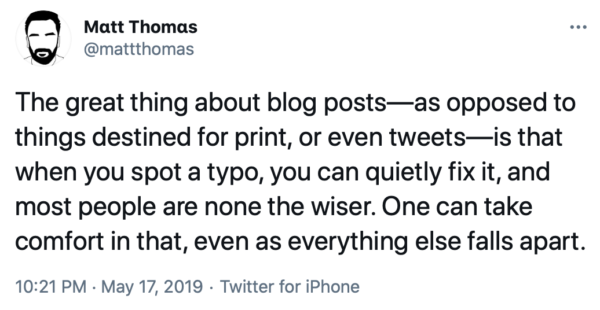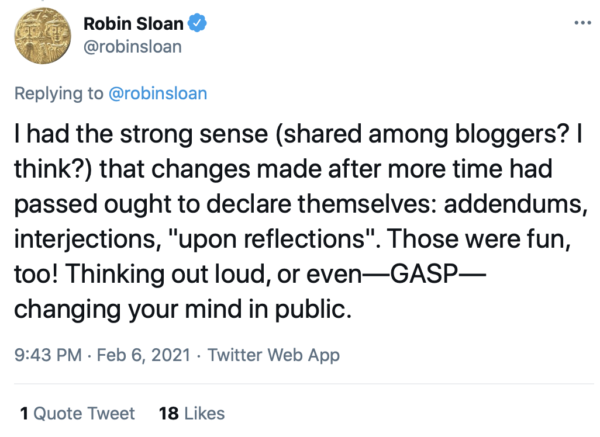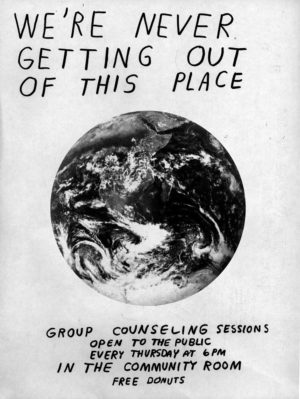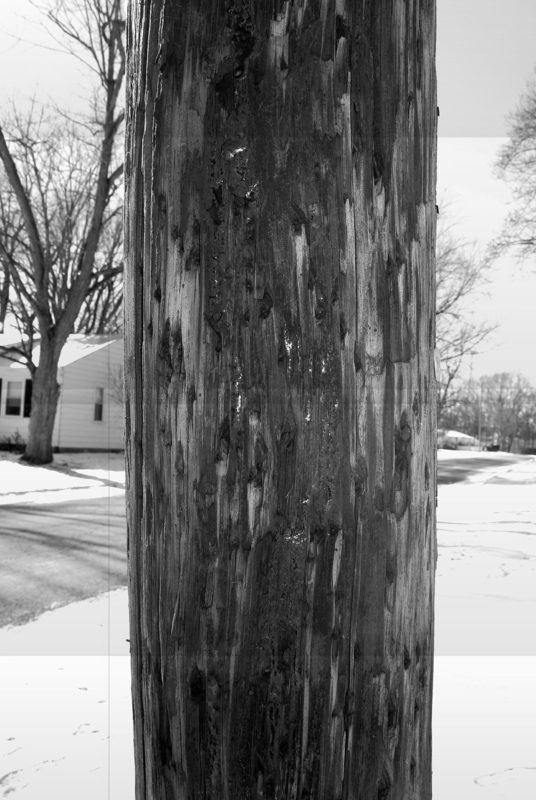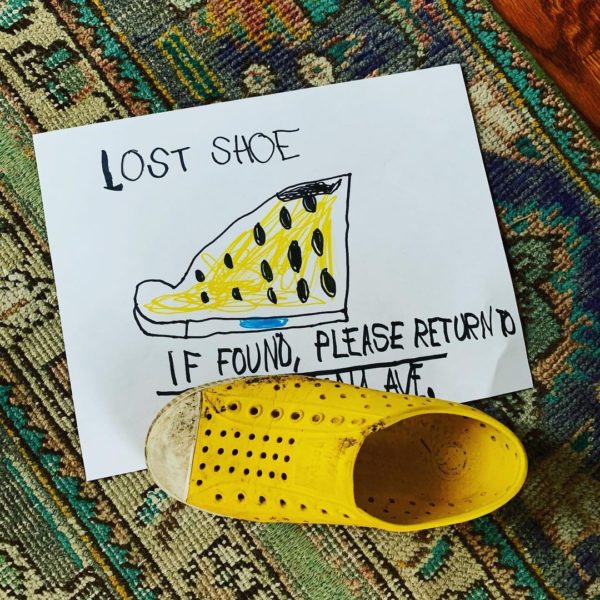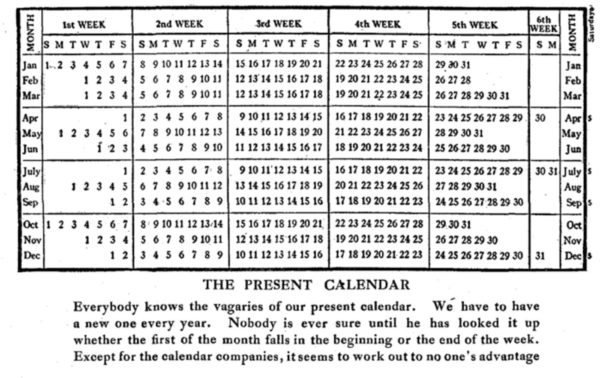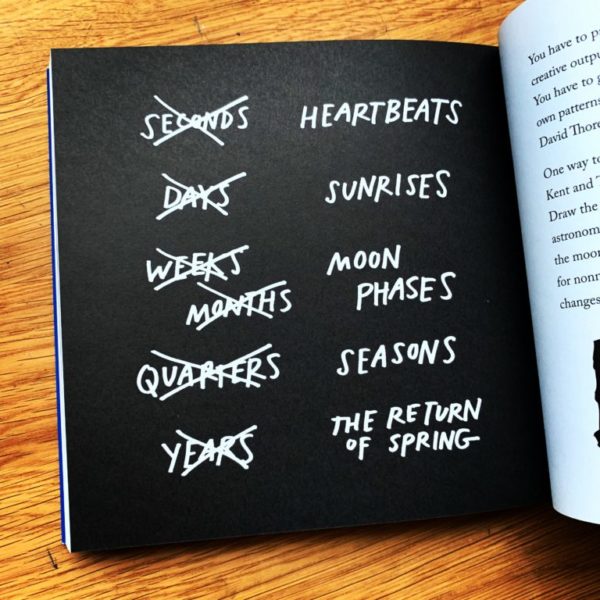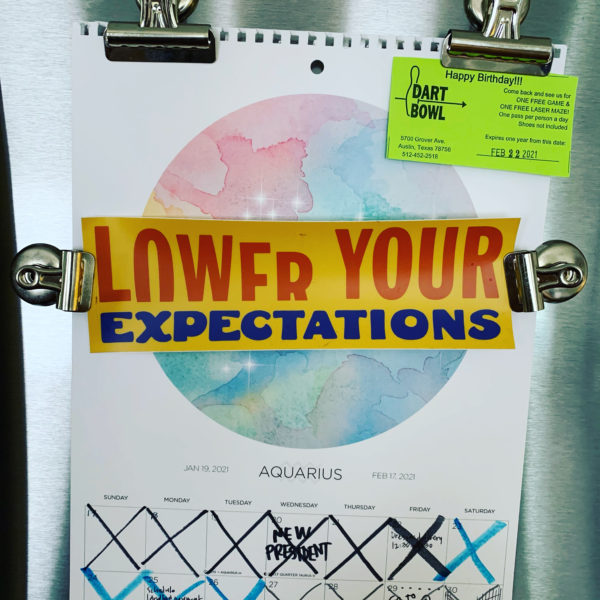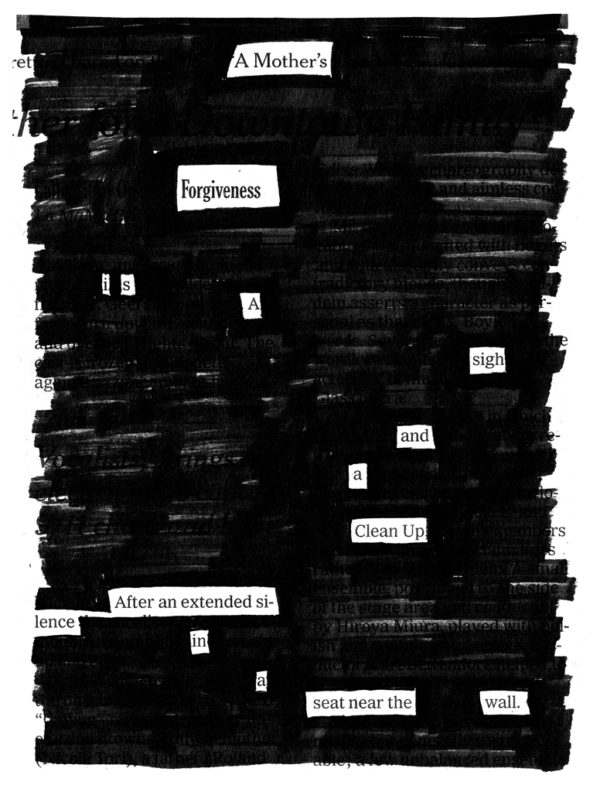
Artists speak of unforgiving mediums.
“Pastel is the unforgiving medium,” wrote Irving Petlin, in Notes on Pastel:
I am attracted to pastel as a medium because of the gamble involved in its execution. There is a fascination with the processes of control and risk enacted on a surface, a surface building toward the last plunges of color that bring everything already developed there into focus—the color bolt that finishes a picture.
I am on Twitter, still, despite my better judgment, and it seems to me to be The extremely unforgiving medium in my life.
It is risky compositionally. You can delete a tweet, but you can’t edit a tweet. You can add to a tweet, but it’s hard to improve upon it.
It is risky socially. Every tweet is an invitation for scrutiny if not consultation if not correction if not misunderstanding if not rancor. Forgiveness, even if we agreed it still existed in the wider culture, I think we could probably agree it doesn’t really exist on Twitter. (“Never Tweet” is not terrible advice.)
And yet, like Petlin, I think I am attracted to “the gamble involved” in the unforgiving medium’s execution. Sometimes it yields gold. Sometimes a tweet leads to the next good idea or a new friendship or mutual appreciation. Sometimes tweets become blog posts that become book chapters.
If Twitter is the unforgiving medium in my life, where are the forgiving mediums?
My notebooks would be one.
Even my published books, since they go through a long editorial process of people who care correcting me, and if there’s a typo, we can fix it in the next printing.
Another forgiving medium? Compared to Twitter, I’d make a case for blogging.
Blog posts can be edited, added to, improved upon.
If you missed something, you can fix it.
For example, a few days ago I posted about Nathaniel Russell’s fake fliers. One reader pointed out (on Twitter) that it wasn’t a tree in the poster, it was a utility pole.
Fixed!
Another reader pointed out (on Twitter) that there was an The Art Assignment video about Russell’s work.
Added!
The ability to “move it around for a long time” is what I’m looking for in a writing medium — I want words and images to be movable, I want to switch them out, copy and cut and paste them, let them mutate.
But most importantly, I want to be able to be wrong. I want to change my mind! I want to evolve.
Being wrong publicly is the easiest way to learn what you need to know. The trouble is: it’s also the easiest way to get yelled at or shamed or “canceled,” as they say.
To do the exploration that growth and change requires, one needs a forgiving medium… but what one really needs forgiving readers.
Every newsletter I send, for example, is a gamble. It can’t be edited, only issued a correction in the next one. But my readers, on the whole, tend to be a caring bunch. (If they didn’t care, they wouldn’t subscribe.) Corrections are often made privately, over email.
 In the book Fare Forward, a collection of letters David Markson sent Laura Sims, Markson begs Sims not to send him any print-outs from the internet.
In the book Fare Forward, a collection of letters David Markson sent Laura Sims, Markson begs Sims not to send him any print-outs from the internet.
“HOW CAN PEOPLE LIVE IN THAT FIRST-DRAFT WORLD?”
Twitter, to me, is very much that “First-Draft World” that Markson bemoaned. But blogging feels to me like a world of endless drafting, endless revisioning.
A much more forgiving medium.
(I look forward to editing this post.)
